Indochina yours from Day 1 of contacting them was responsive, truly speaking I don't know when the staff of Indochina tours actually takes hours of a day off.
Kim arranged the itinerary first for us and then passed it over to Helen. Helen has an amazing team looking into each details a family visiting the Indochina belt for the first time would require/need to know.
She was so meticulous in detailing that she would specify the dress codes expected on each day of the tour as we were visiting themes and stupas.
The hotels and the food arranged by Indochina was great, all of their guides were knowledgeable and friendly.
I would surely recommend Indochina tours to all, it's a totally different way to visit the Indochina belt and see it through the eyes of the locals.

.gif)























.jpg)




.jpg)



.jpg)

.jpg)

.jpg)
.jpg)
.jpg)












 tabulate
tabulate










































.jpg)























































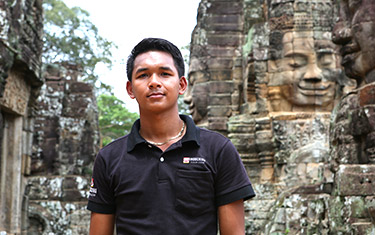







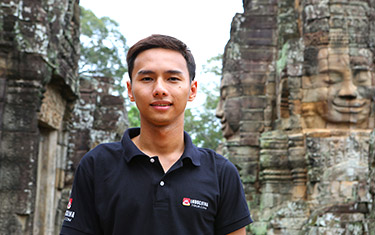




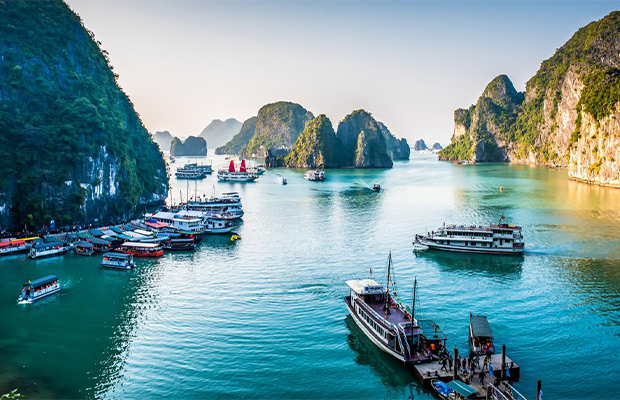
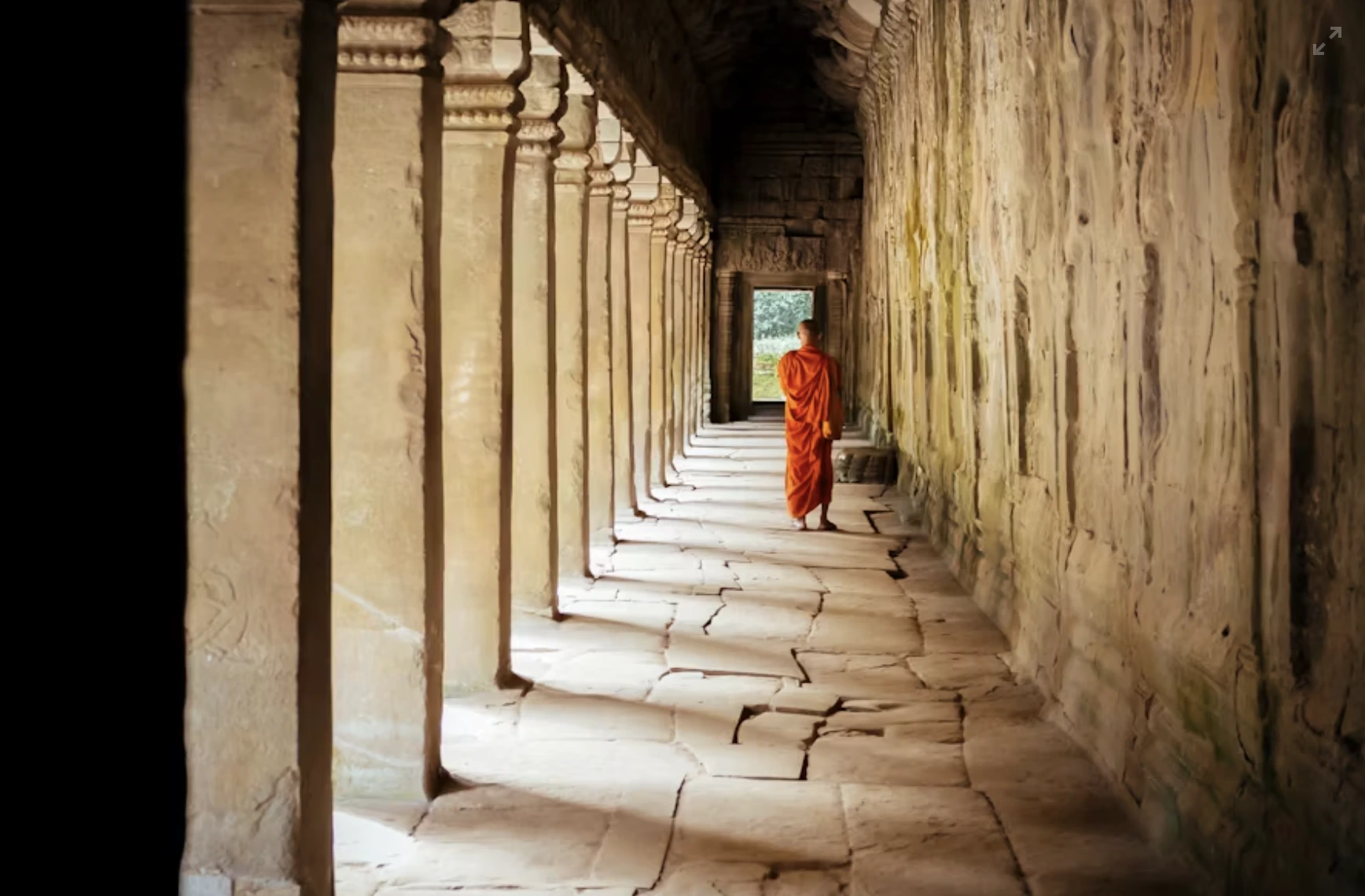
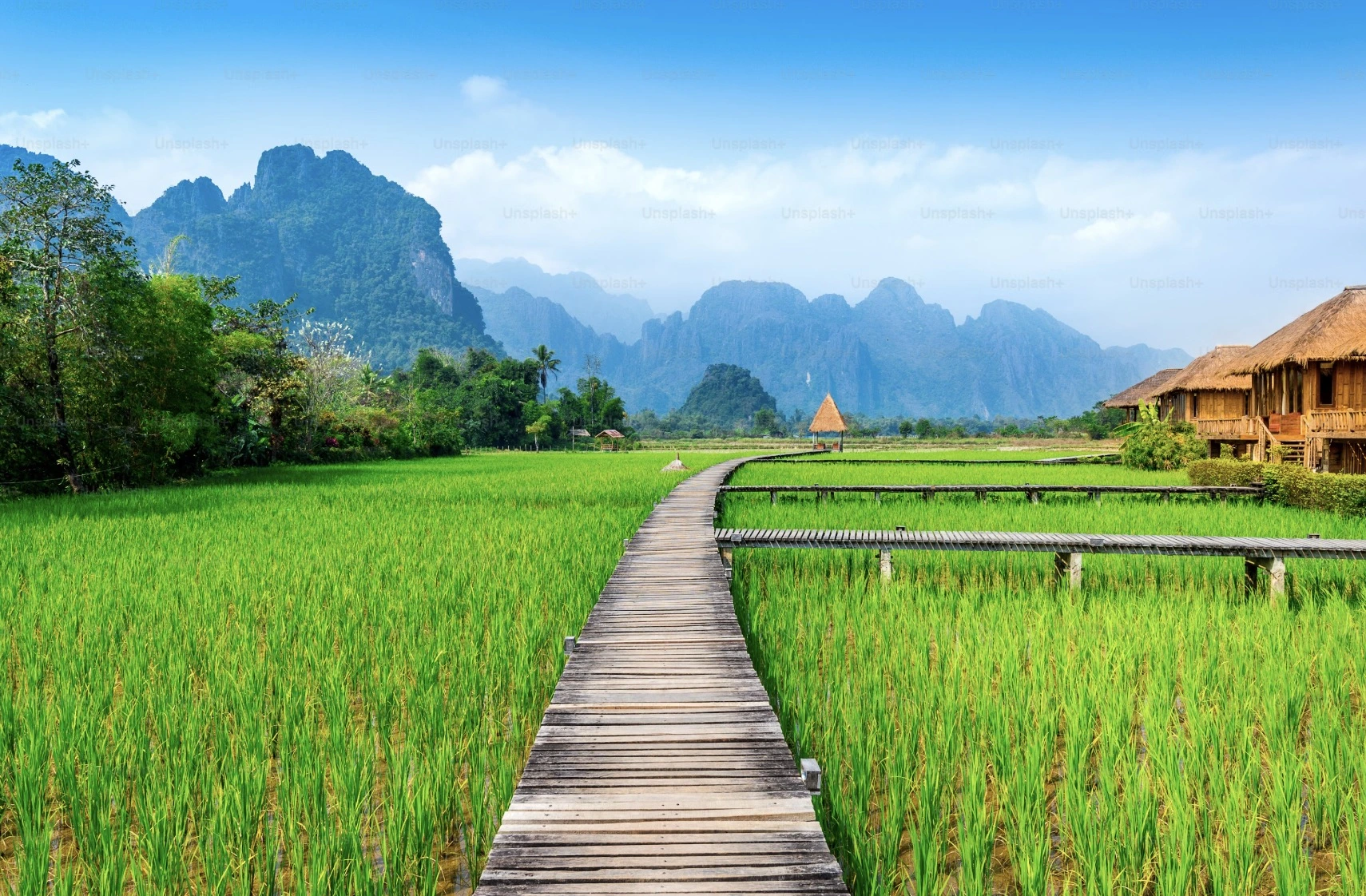
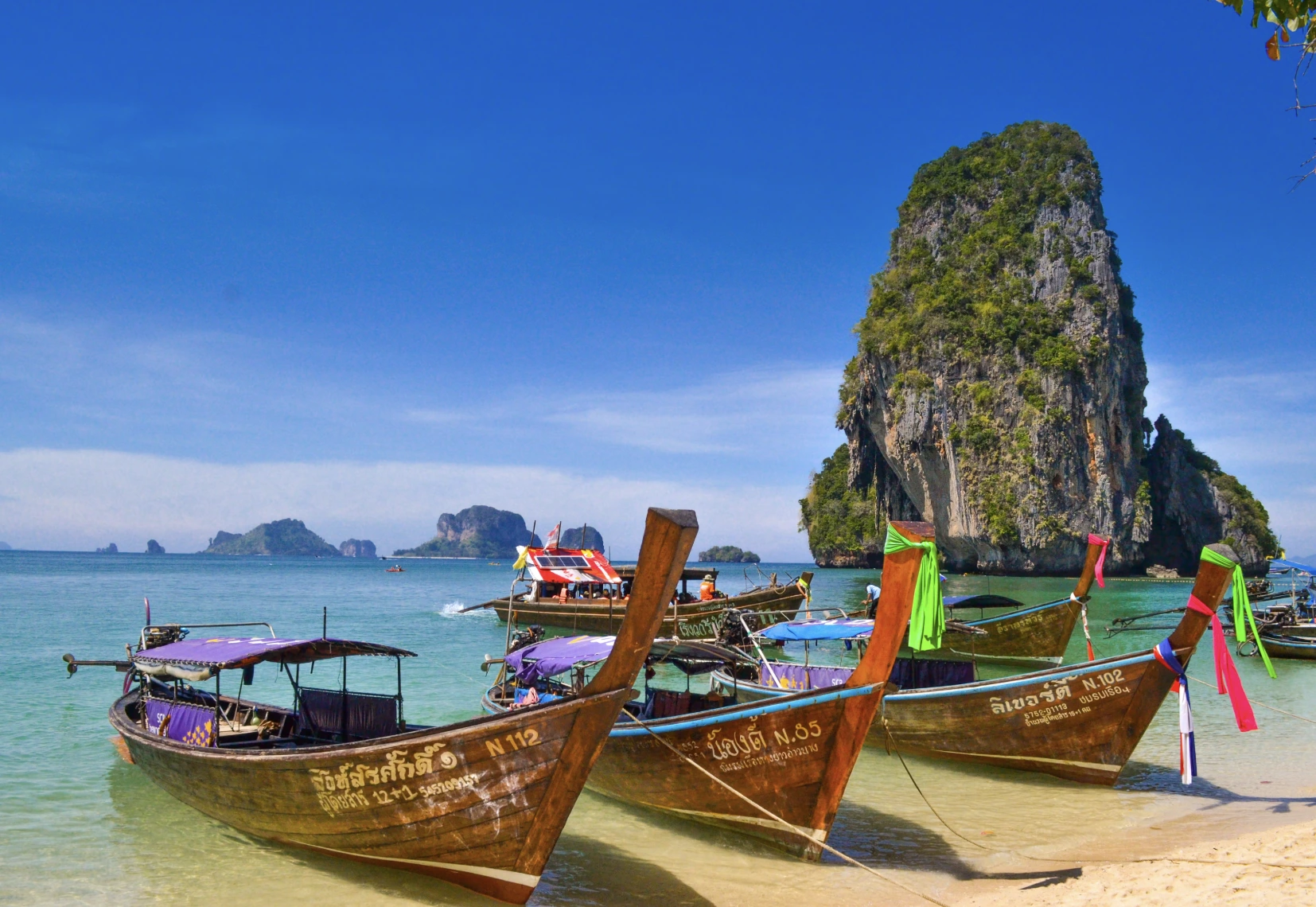
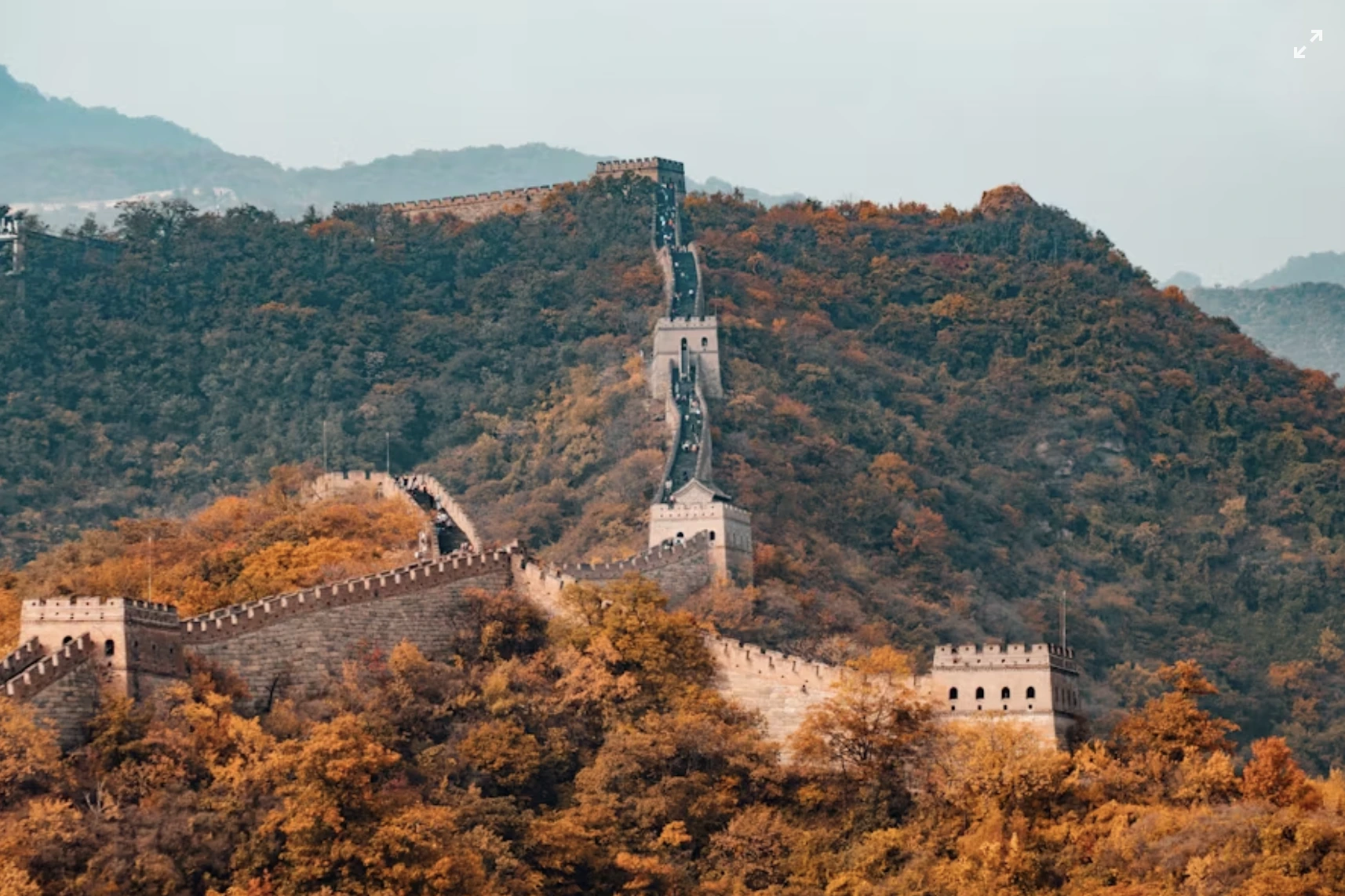


















.jpg)
